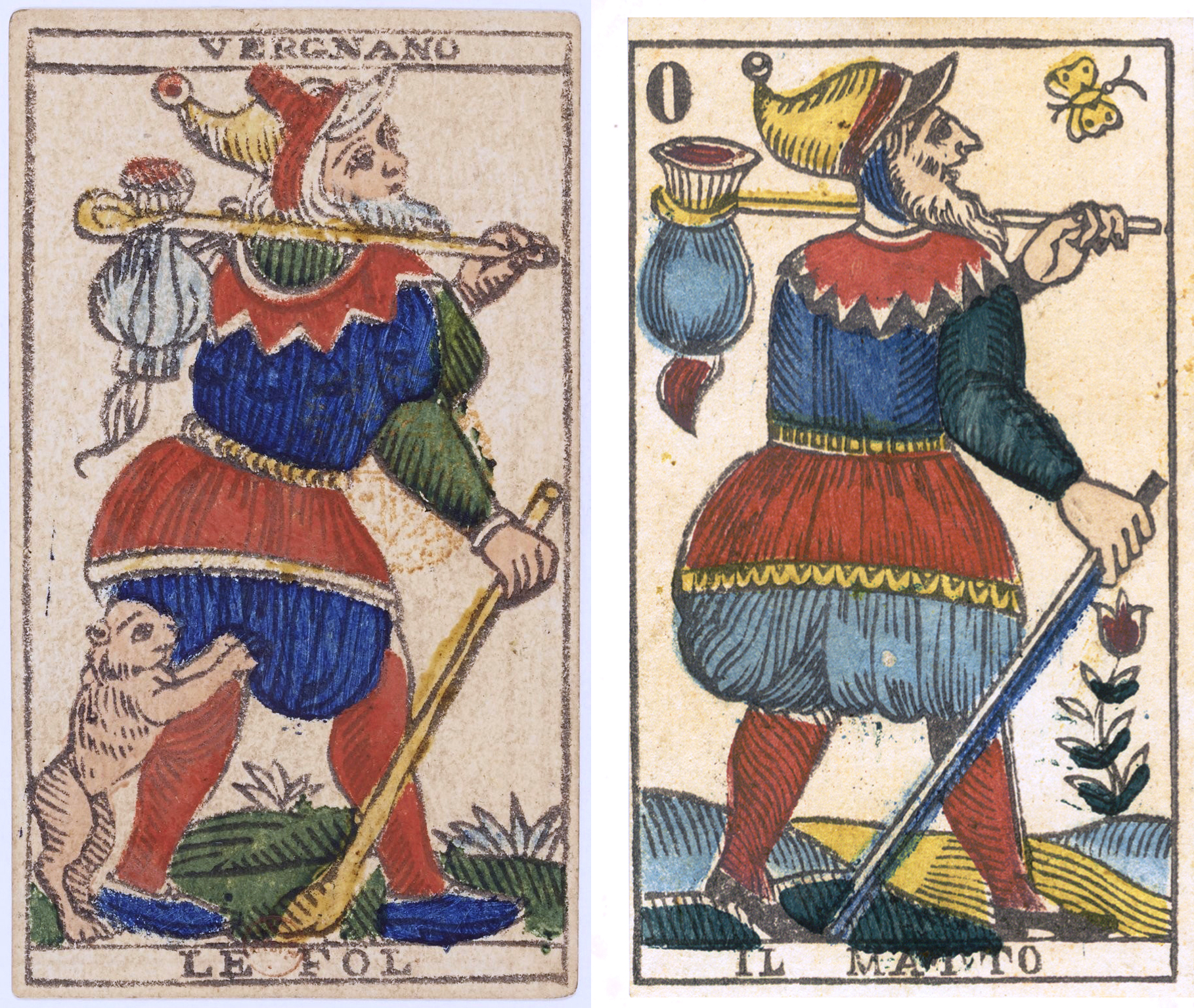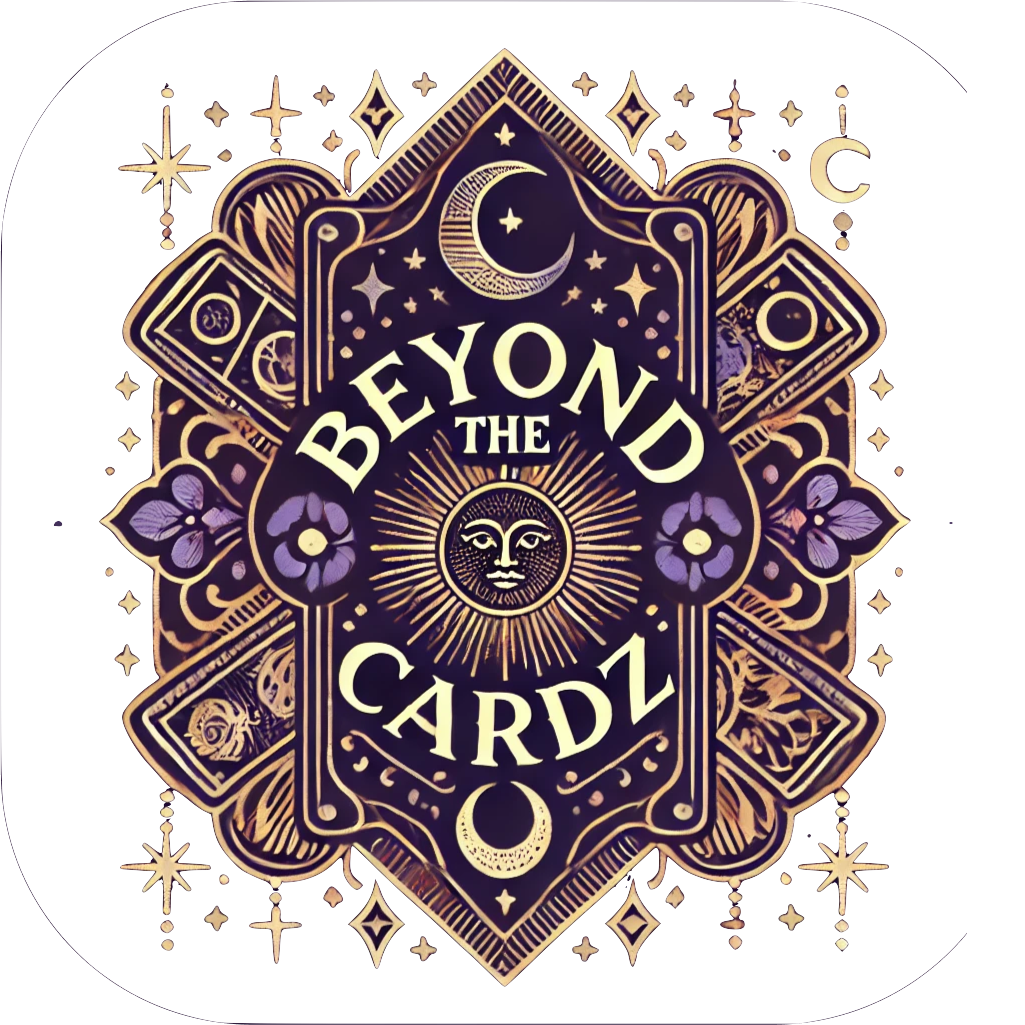The Fascinating History of Tarot: From Divination to Artistic Expression

By Gena Alponni, September 10 2024
The Tarot, an intricate and mysterious card deck, has intrigued and captivated people for centuries. Originally associated with card games, it evolved into a mystical tool for divination, a fascinating art form, and a subject of endless intrigue. This article will delve into the rich and colorful history of the Tarot, tracing its origins, its development over time, and its current place in both popular culture and the esoteric world.
The Origins of Tarot
The Early Beginnings: Playing Cards and the Birth of Tarot
The exact origins of Tarot are shrouded in mystery, and its early history remains debated among scholars. While the Tarot's modern uses are largely associated with divination, the deck was initially created in the 15th century as a form of playing cards. The earliest recorded mention of Tarot comes from Italy, where it was referred to as “tarocchi,” a card game that became quite popular during the Renaissance.
Ancient Egyptian Myth: A Popular but Unsubstantiated Theory
Some theorists suggest that the Tarot may have roots in ancient Egypt, though there is little evidence to support this claim. The theory gained traction in the 18th and 19th centuries, particularly with the work of French occultists like Jean-Baptiste Alliette (known as Etteilla). He and others argued that the Tarot cards were based on ancient Egyptian symbols and knowledge, acting as a guide for understanding the mysteries of the universe. However, no direct evidence has been found to support the Egyptian origin theory, and it remains one of the many myths surrounding the Tarot’s beginnings.
The Renaissance and the Evolution into Divination
The Birth of the Tarot Deck
During the 15th century, Italy became the hub for the development of the Tarot as a card game. These early decks featured four suits, similar to the modern deck of playing cards, and were often hand-painted works of art. These suits included swords, cups, coins, and batons, each representing a different aspect of society or life.
The major change occurred when, around the late 15th century, Tarot decks began to include a set of additional cards, the Major Arcana, often depicted with allegorical images. These cards included figures such as The Fool, The Magician, and The Empress. The Major Arcana added a layer of symbolic meaning to the deck, which eventually became the foundation for Tarot's use in divination.
From Card Game to Mystical Tool
By the 18th century, Tarot began to transcend its origins as a mere card game. It was during this period that Tarot cards started to be used for divination, as people believed the cards could provide insight into their futures and offer guidance on personal matters. The transition from a recreational pastime to a mystical practice was significantly influenced by the rise of occultism in Europe.
The French occultist, Jean-Baptiste Alliette, also known as Etteilla, is often credited with popularizing the use of Tarot for divination. He was one of the first to create a deck specifically intended for fortune-telling, known as the "Etteilla Tarot." His work was instrumental in linking Tarot with the world of mysticism and spirituality, cementing the card deck's reputation as a tool for revealing hidden truths.
The Occult Revival and Tarot's Mystical Role
The Influence of Mysticism and the Golden Dawn
The late 19th century saw a resurgence of interest in the occult, and Tarot once again found itself at the heart of a cultural movement. The Hermetic Order of the Golden Dawn, a secret society dedicated to the study of the occult, played a significant role in reinterpreting the Tarot. This group of mystics and scholars saw the Tarot as a powerful system of symbols that could reveal the hidden laws of the universe.
Members of the Golden Dawn, including figures like Arthur Edward Waite and Pamela Colman Smith, worked on creating new Tarot decks and systems. Waite's famous “Rider-Waite-Smith” deck, which was first published in 1910, revolutionized Tarot with its symbolic images and clear illustrations. This deck remains one of the most popular and widely recognized Tarot decks today.
The Emergence of Tarot as a Personal Guide
In the 20th century, Tarot gained popularity as a personal and spiritual tool for self-reflection. Individuals began to use Tarot not just to predict the future but to gain insights into their own psychology and life path. Tarot readings, whether by a professional or a self-taught practitioner, became an integral part of many people's spiritual practices.
Psychologist Carl Jung is often credited with furthering the connection between Tarot and self-analysis. He saw Tarot cards as symbols of the unconscious mind, using the imagery to reflect the individual's inner world and personal growth. Jung’s influence continues to shape Tarot’s role in modern psychotherapy and self-development.
Tarot in the Modern World
Tarot as Art and Culture
Today, Tarot has grown far beyond its mystical and occult roots. It is embraced as both an art form and a cultural phenomenon. Artists and designers create Tarot decks that reflect different aesthetics, from classical interpretations to modern and experimental designs. These unique decks often reflect the personalities and preferences of their creators, and many collectors enjoy amassing a variety of decks.
In the world of pop culture, Tarot cards have appeared in films, television shows, literature, and music. The mysterious allure of the Tarot continues to capture the imagination of people around the world, whether through fictional depictions or genuine interest in the cards’ divinatory powers.
The Tarot Today: A Tool for Personal Exploration
While Tarot’s role as a tool for divination remains strong, it has evolved into something much broader in modern times. It is now viewed as a guide for introspection, a means to explore one's emotions, challenges, and desires. Whether used in spiritual practice or simply as a way to reflect on life’s uncertainties, Tarot has become a staple of modern self-help and personal exploration.
People turn to Tarot not just for answers about the future but for insights into their present circumstances. The use of Tarot is often about uncovering hidden patterns, reflecting on choices, and finding guidance during difficult moments.
The Timeless Allure of Tarot
The history of Tarot is a tapestry of diverse influences—game-playing, mysticism, art, psychology, and personal growth. From its humble origins in Italy to its rise as a divinatory tool in the occult movements of the 18th and 19th centuries, Tarot continues to captivate people around the world. Whether used for personal guidance, as a source of artistic inspiration, or as part of an ancient tradition, Tarot remains a powerful symbol of the mysteries of life and the human psyche.
As Tarot continues to evolve, it seems clear that its mystique and appeal are as strong as ever. It is more than just a deck of cards; it is a reflection of our quest for meaning, insight, and connection to the unknown.
---
Whether you're a seasoned practitioner or a curious newcomer, the Tarot’s rich history and continuing transformation ensure that it will remain a fascinating subject for exploration in the years to come.
